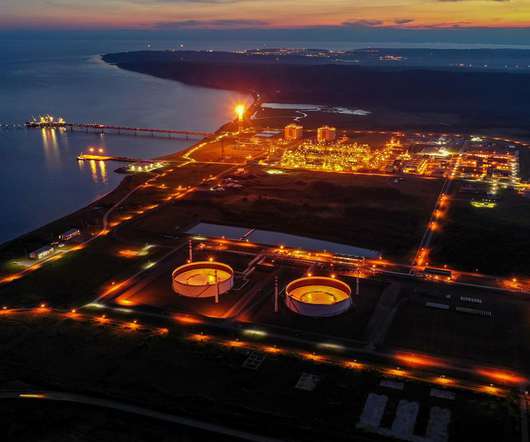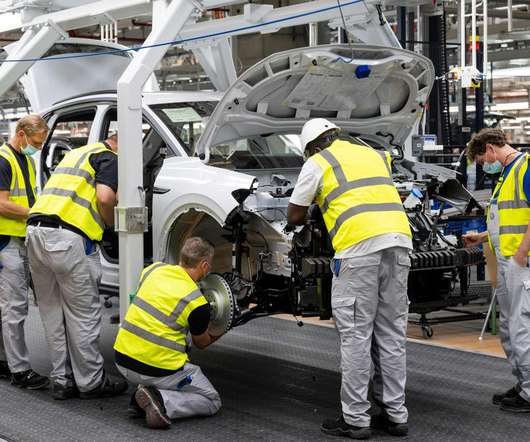BP Statistical Review finds global oil share down for 12th year in a row, coal share up to highest level since 1969; renewables at 2%
Green Car Congress
JUNE 13, 2012
Emerging economies accounted for all of the net growth, with OECD demand falling for the third time in the last four years, led by a sharp decline in Japan. World natural gas consumption grew by 2.2%, below average in all regions except North America where low prices due to the shale gas “revolution” drove robust growth. Renewables.






























Let's personalize your content